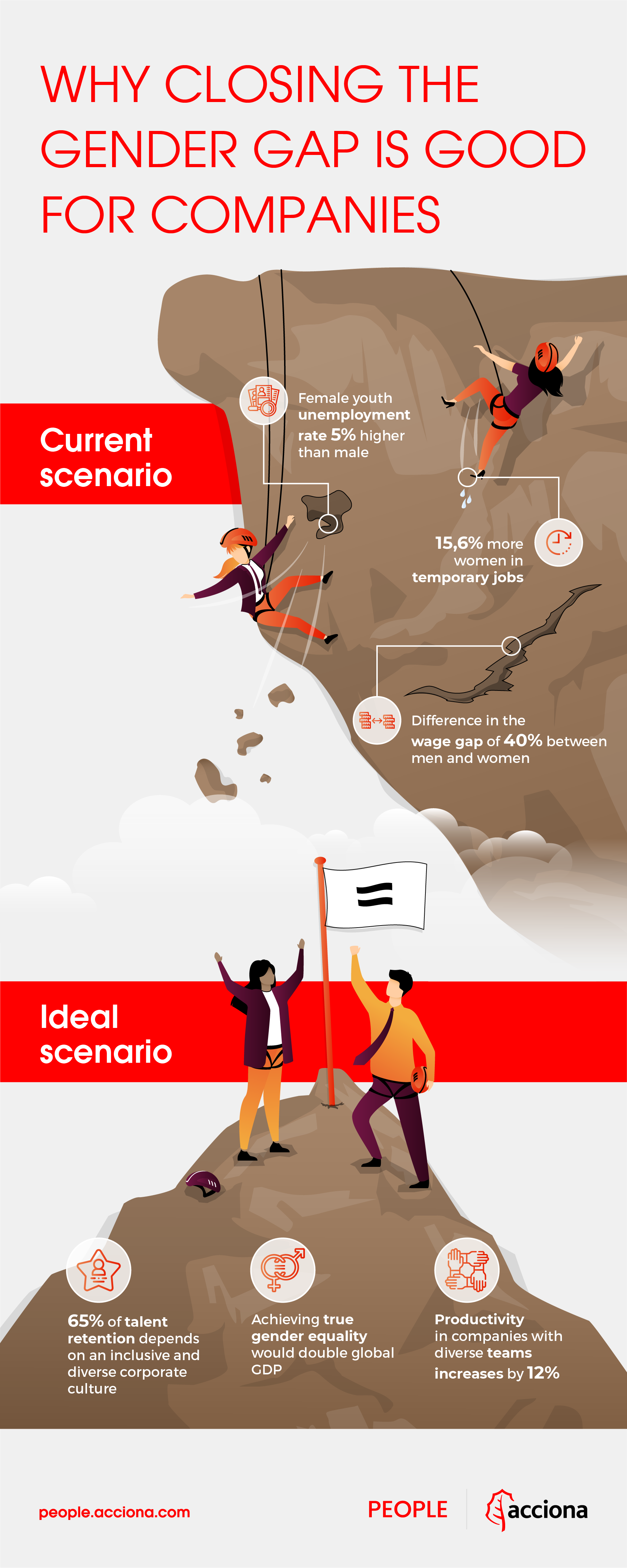How to tackle the pension gap between women and men
For this reason, various studies propose different initiatives to promote a decent pension that guarantees the quality of life of pensioners and avoids dramatic differences between men and women in the pension system. Among other initiatives, we highlight the following:
- Provide information on the real situation of the future pension. Most people do not know what their future pension will be. Knowing this first-hand would allow citizens to consider different options in the future (Chinchilla et al., 2014).
- Diminish the penalty for career breaks. Interrupting one’s professional career for family care or other reasons not only has a penalty in the labour market itself, but also in the future calculation of the pension. It would be interesting to consider alternatives that would lower or reduce the penalties derived from interruptions in the market due to care (Chinchilla et al., 2014; Solís-Prierto, 2019).
- Guarantee basic protection for all pensioners, providing an acceptable quality of life. In Spain, the amount of the non-contributory pension was set in 2021 at a minimum of €100.70 to €402.80 per month. Can a woman who has not contributed enough years to have access to a contributory pension live in dignity? (Arza, 2015)
- Readjust pensions for those who live longer, and thus avoid a potential loss of purchasing power, which affects quality of life in old age (Arza, 2015).
Quality of life in old age is a crucially important aspect, and one of the determining factors is the pension, as it’s the main source of income enjoyed by most pensioners. As we have seen, there are important differences between men’s and women’s pensions which can have a considerable impact on their quality of life. It’s essential to keep the spotlight on ensuring a decent quality of life for all people, while thinking of alternatives to avoid staggering differences between men and women.
